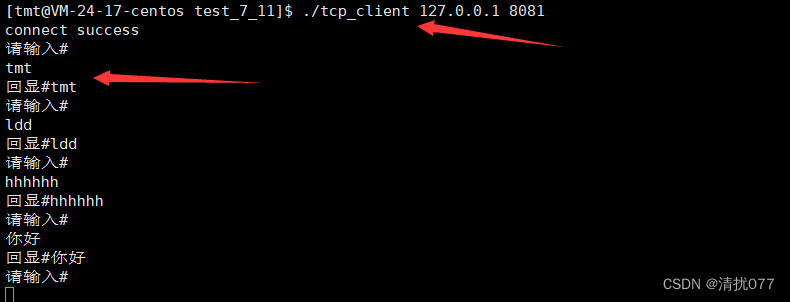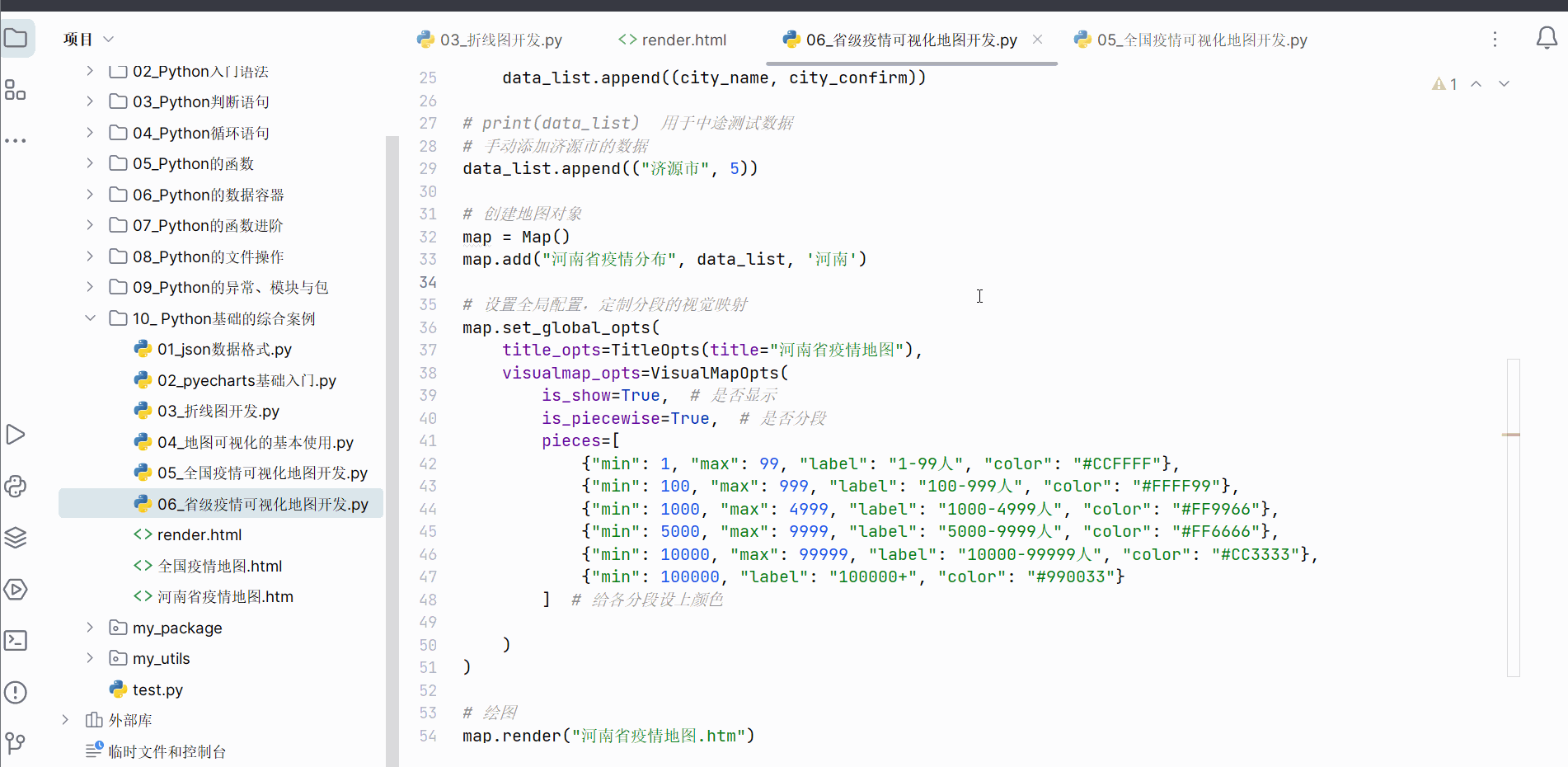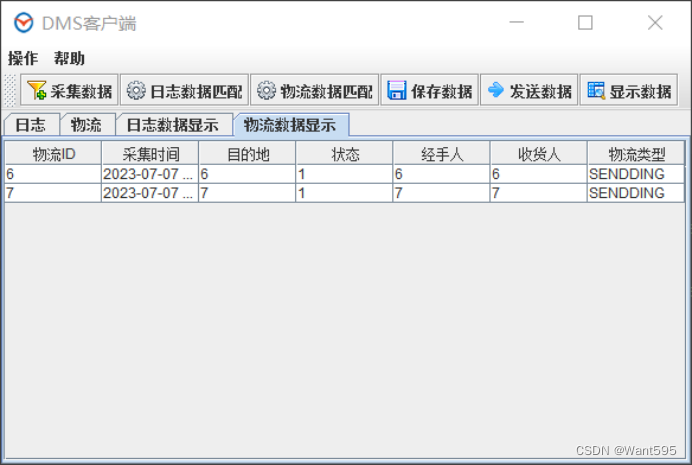every blog every motto: You can do more than you think.
https://blog.csdn.net/weixin_39190382?type=blog
0. 前言
不规则多边形形心计算若干方法小结
说明: 这里以凹多边形为例,方便排查所计算坐标不在多边形之外。
1. 正文
1.1 方法一
shapely Polygon 直接获取中心
import numpy as np
import matplotlib.pyplot as plt
from shapely.geometry import Polygon
# 定义凹多边形的顶点坐标
vertices = [(2, 1), (4, 3), (6, 1), (5, 5), (3, 4)]
polygon = Polygon(vertices)
centerx = polygon.centroid.x
centery = polygon.centroid.y
plt.figure()
polygon = plt.Polygon(vertices, fill=None, edgecolor='black')
plt.gca().add_patch(polygon)
plt.scatter(centerx, centery, color='red')
plt.show()
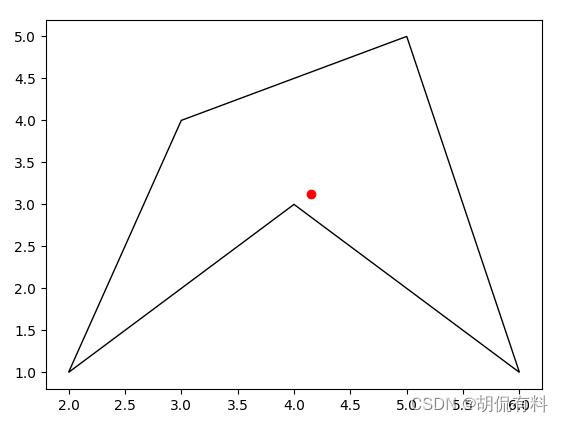
1.2 方法二
- 将凹多边形划分为若干个三角形。
- 对每个三角形,找到其重心(重心是三角形三个顶点的平均值)。
- 对所有三角形的重心进行加权平均,其中每个三角形的面积作为权重。
import numpy as np
import matplotlib.pyplot as plt
# 定义凹多边形的顶点坐标
vertices = [(2, 1), (4, 3), (6, 1), (5, 5), (3, 4)]
# 划分凹多边形为三角形
triangles = []
for i in range(1, len(vertices) - 1):
triangles.append([vertices[0], vertices[i], vertices[i+1]])
# 计算每个三角形的面积和重心
areas = []
centroids = []
for triangle in triangles:
x1, y1 = triangle[0]
x2, y2 = triangle[1]
x3, y3 = triangle[2]
area = 0.5 * ((x2 - x1) * (y3 - y1) - (y2 - y1) * (x3 - x1))
centroid_x = (x1 + x2 + x3) / 3
centroid_y = (y1 + y2 + y3) / 3
areas.append(area)
centroids.append((centroid_x, centroid_y))
# 计算形心中心
total_area = np.sum(areas)
center_x = np.sum([area * centroid[0] for area, centroid in zip(areas, centroids)]) / total_area
center_y = np.sum([area * centroid[1] for area, centroid in zip(areas, centroids)]) / total_area
plt.figure()
polygon = plt.Polygon(vertices, fill=None, edgecolor='black')
plt.gca().add_patch(polygon)
plt.scatter(center_x, center_y, color='blue')
plt.show()
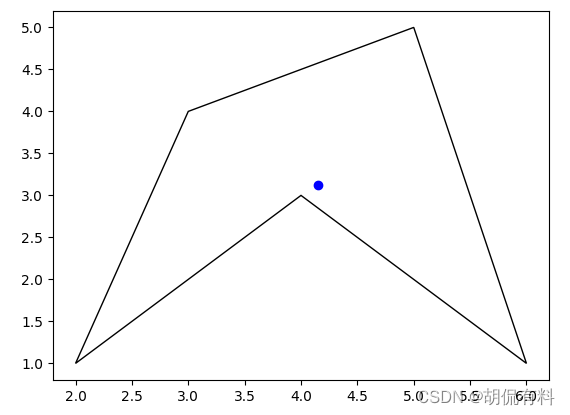
1.3 方法三
面积公式:
面积使用高斯面积公式,即,鞋带公式,


形心公式:

import numpy as np
import matplotlib.pyplot as plt
# 定义凹多边形的顶点坐标
vertices = [(2, 1), (4, 3), (6, 1), (5, 5), (3, 4)]
def cal_area(vertices): # Gauss's area formula 高斯面积计算
A = 0.0
point_p = vertices[-1]
for point in vertices:
A += (point[1]*point_p[0] - point[0]*point_p[1])
point_p = point
return abs(A)/2
def cal_centroid(points):
A = cal_area(points)
c_x, c_y = 0.0, 0.0
point_p = points[-1] # point_p 表示前一节点
for point in points:
c_x += ((point[0] + point_p[0]) *
(point[1]*point_p[0] - point_p[1]*point[0]))
c_y += ((point[1] + point_p[1]) *
(point[1]*point_p[0] - point_p[1]*point[0]))
point_p = point
return c_x / (6*A), c_y / (6*A)
points = np.array(vertices)
x, y = cal_centroid(points)
plt.figure()
polygon = plt.Polygon(vertices, fill=None, edgecolor='black')
plt.gca().add_patch(polygon)
plt.scatter(x, y, color='pink')
plt.show()
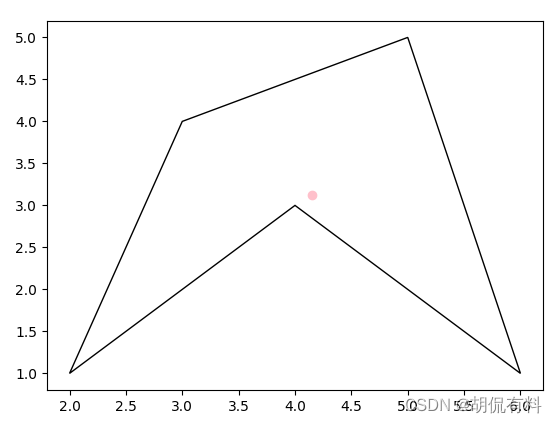
参考
[1] https://blog.csdn.net/KindleKin/article/details/121318530
